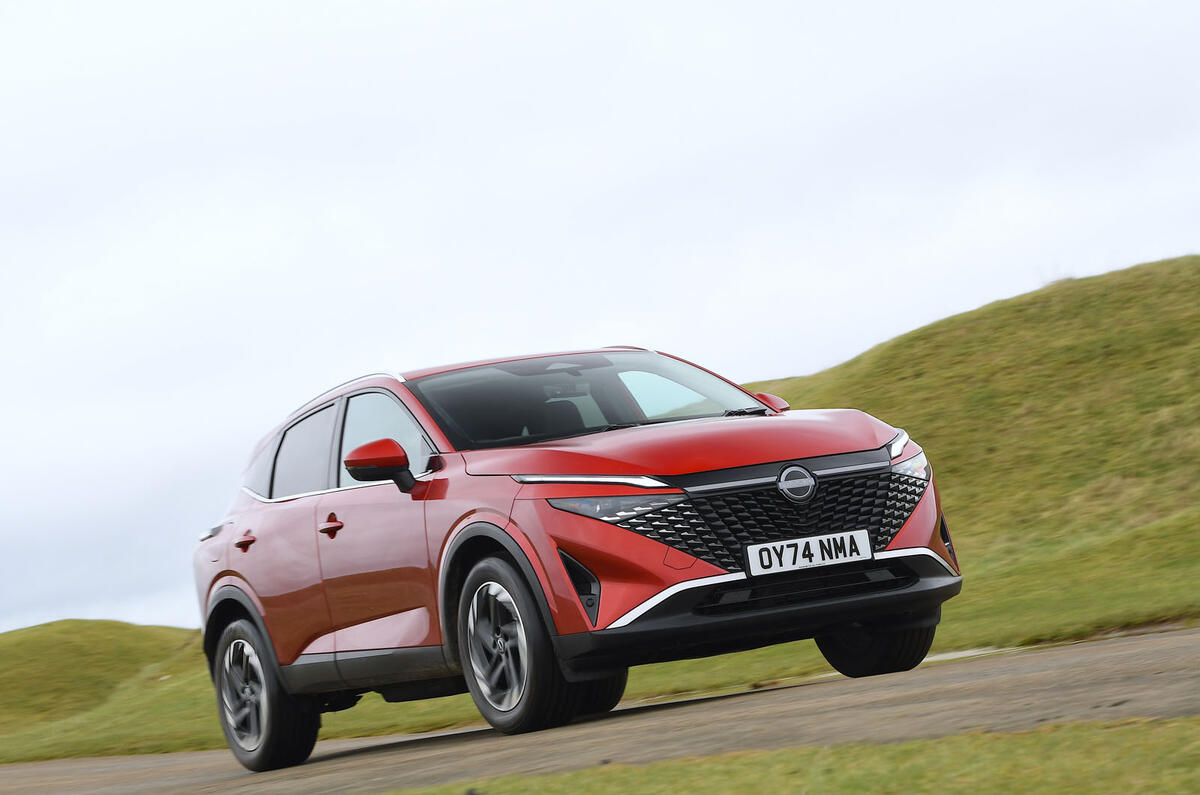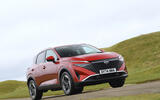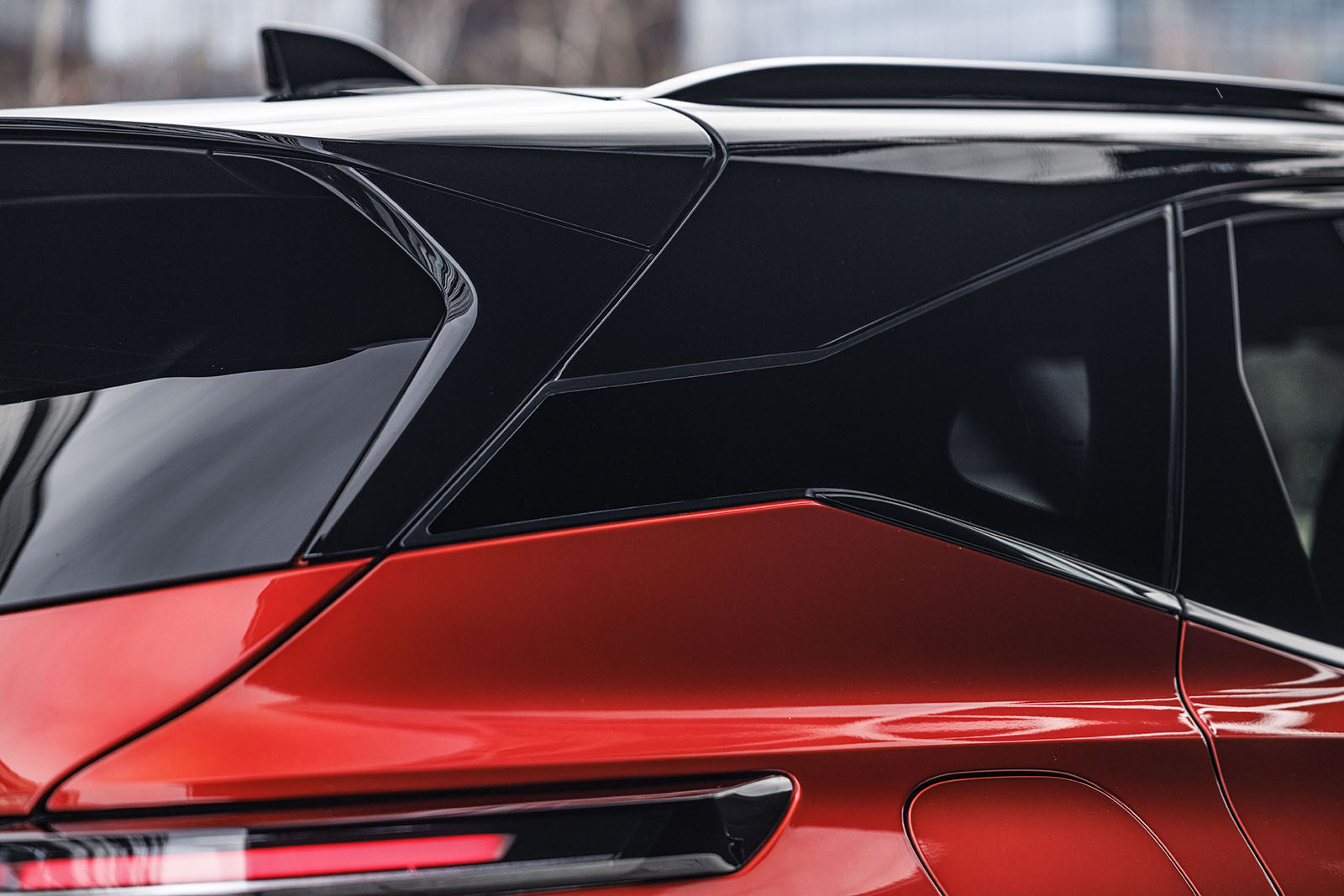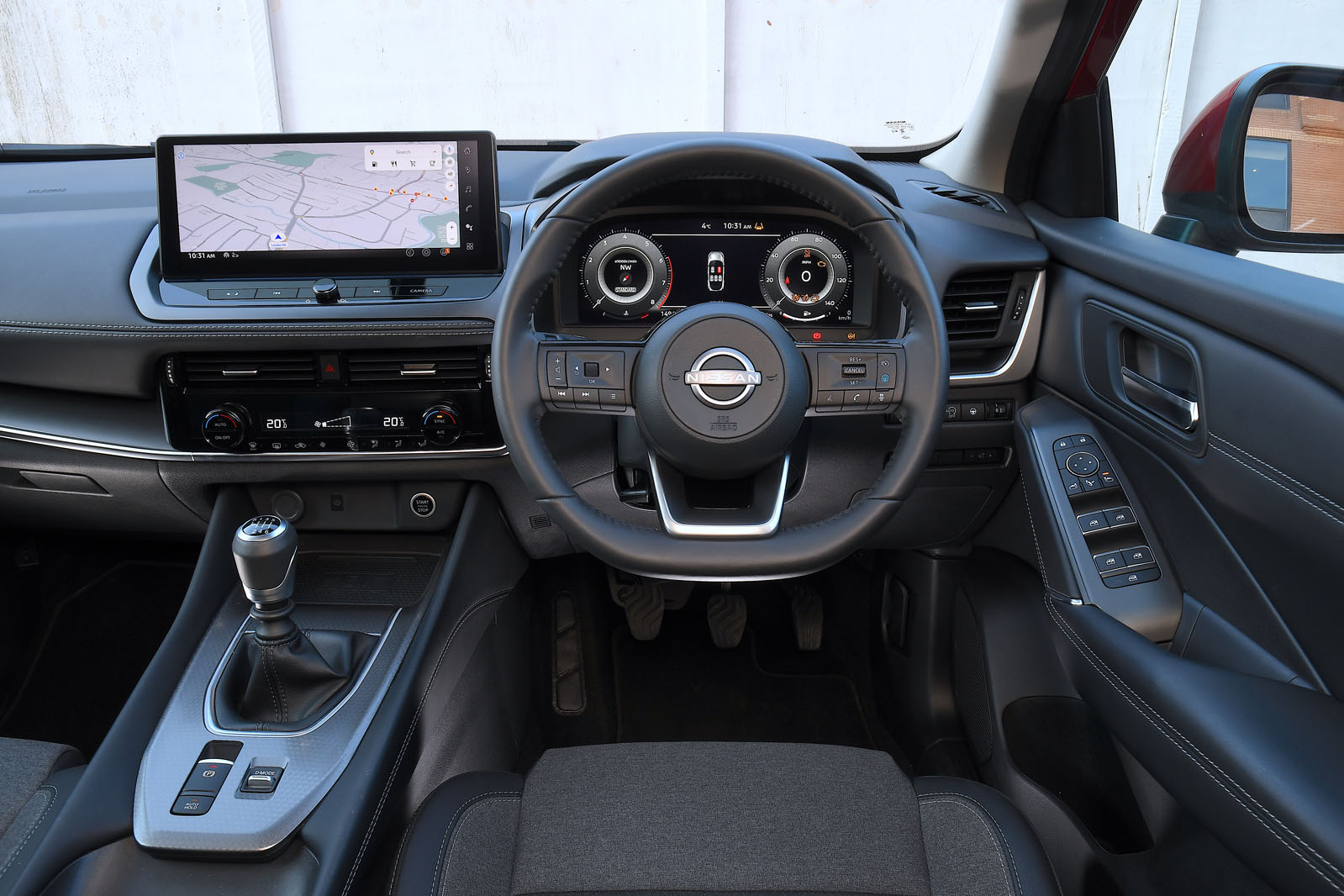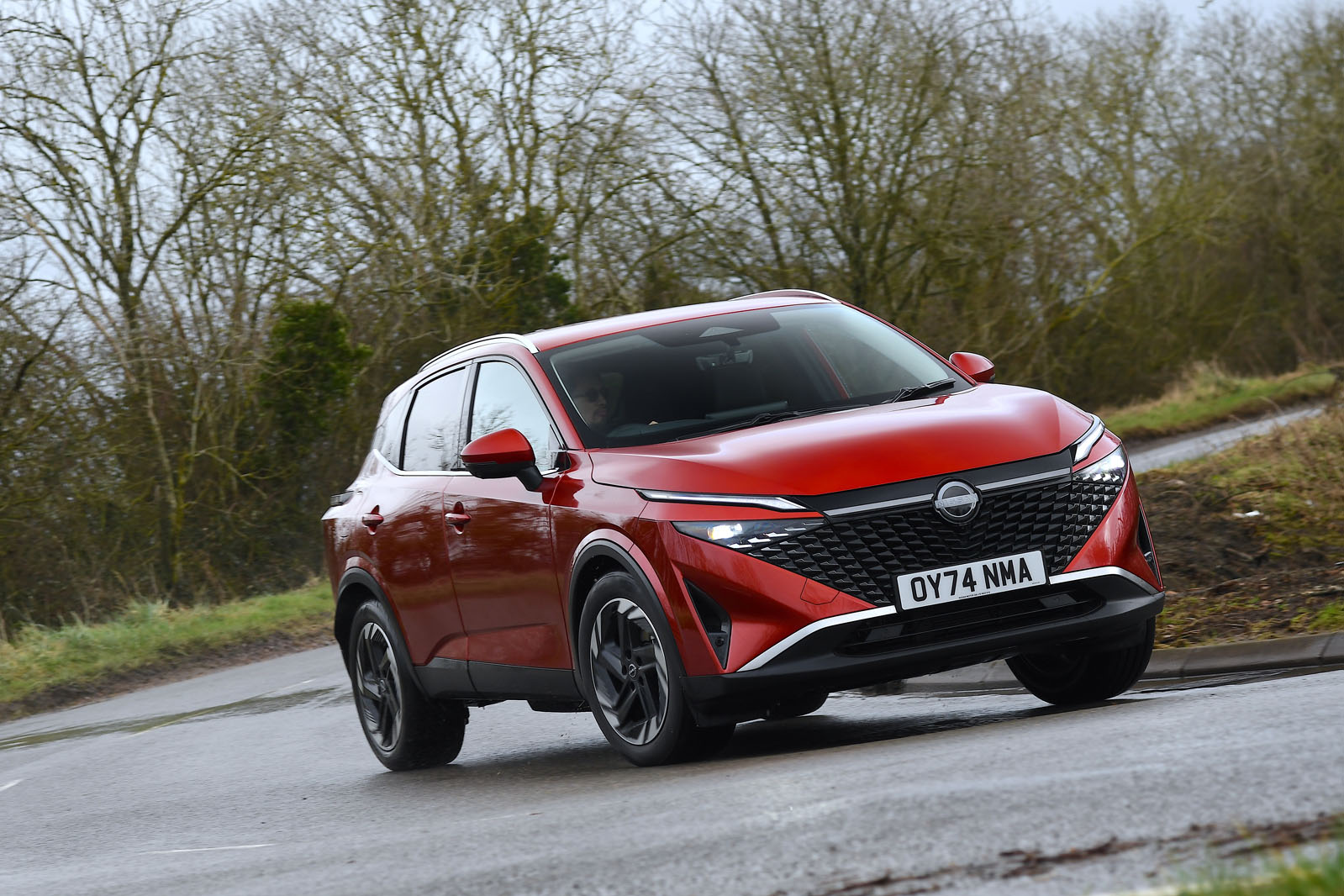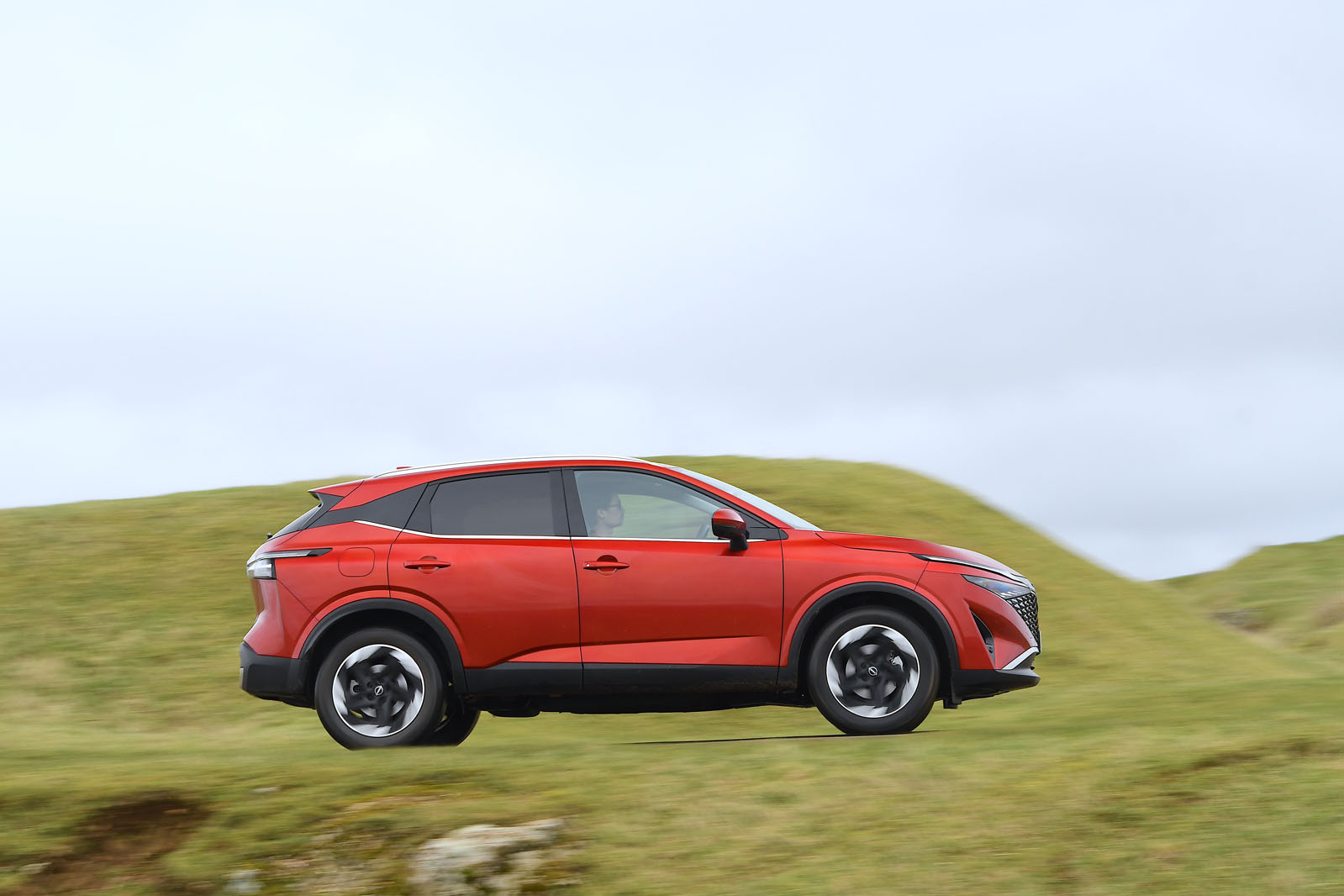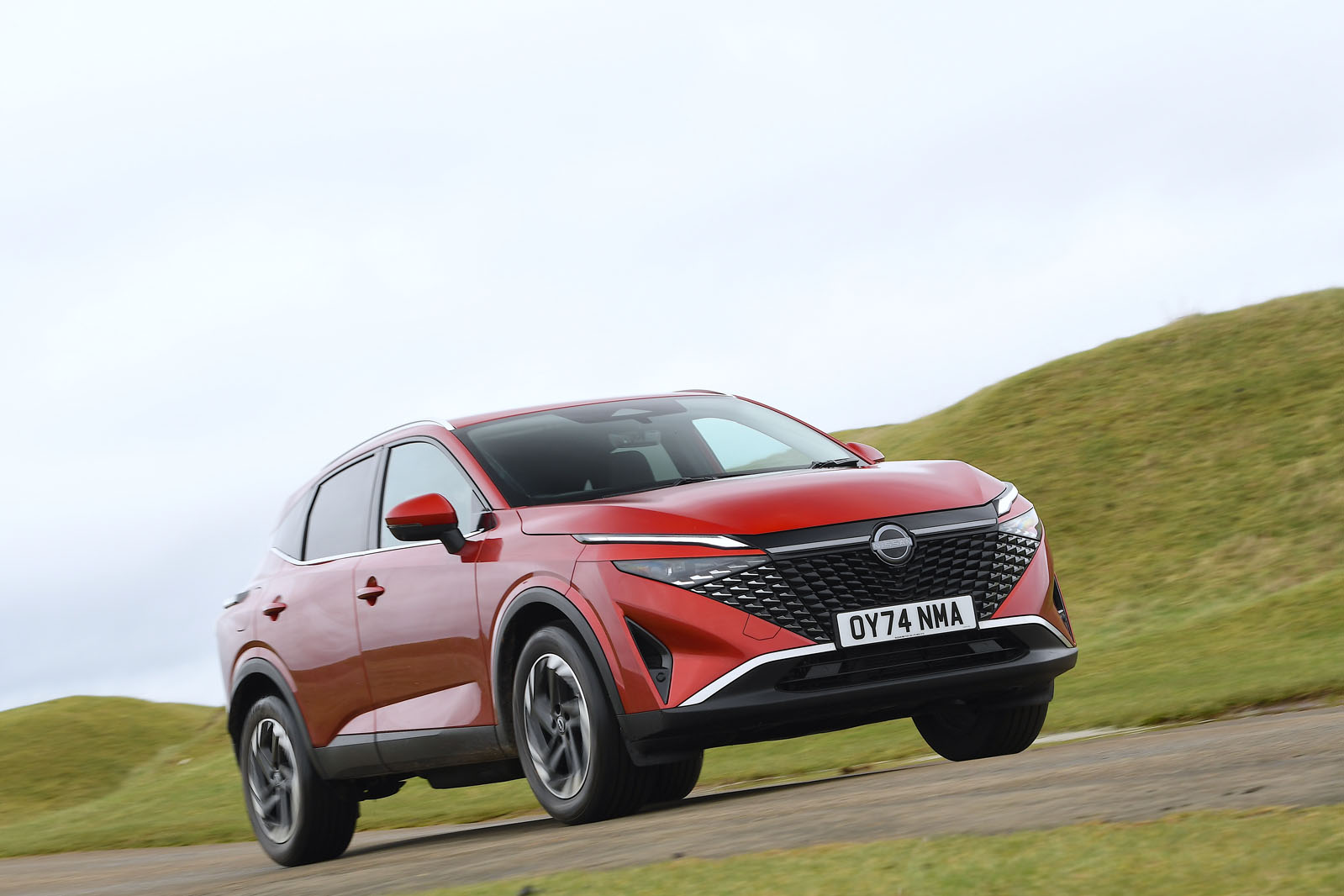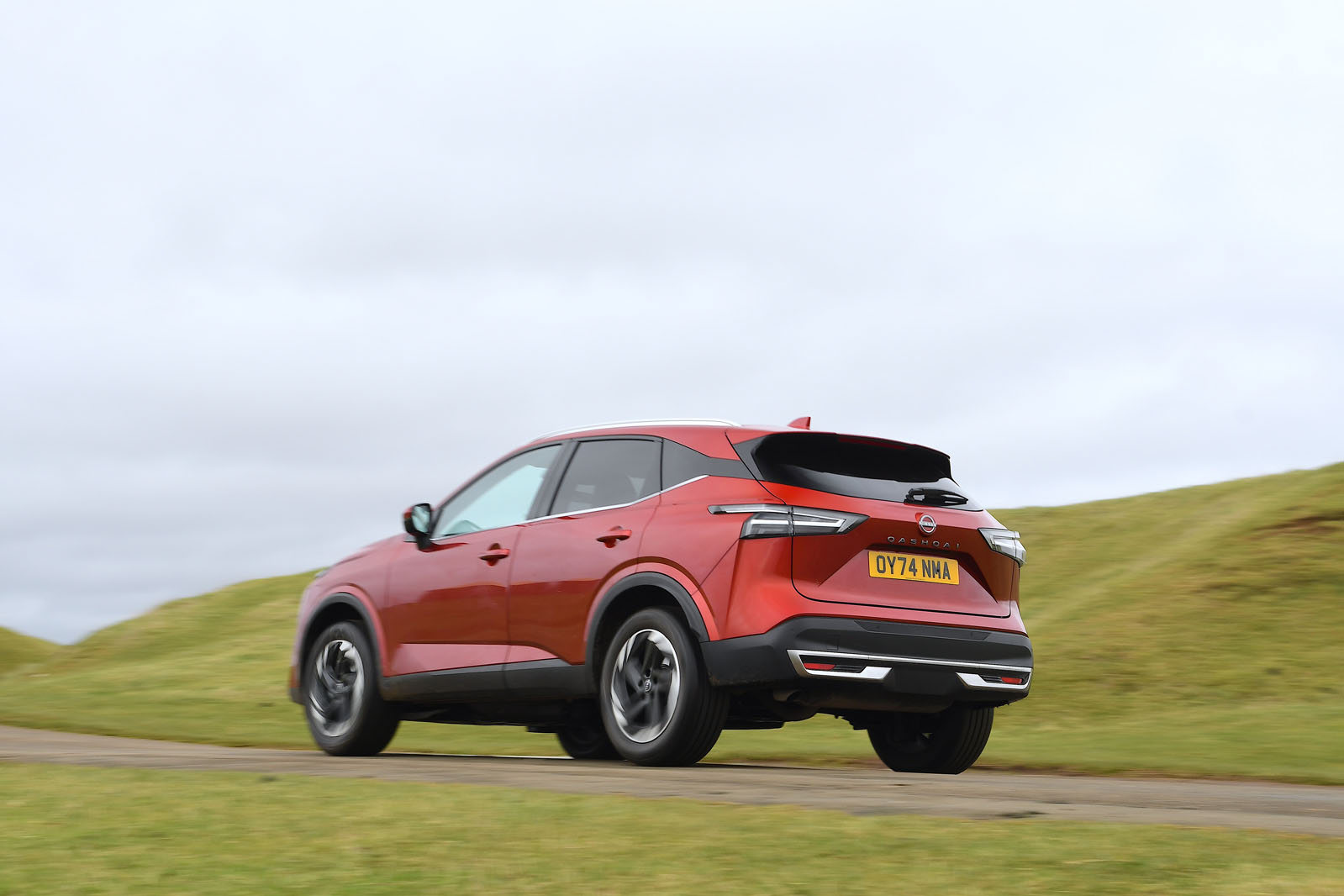You will struggle to find a bigger British automotive success story than the Nissan Qashqai.
In 2022, it was Britain’s best-selling car. It's been off that top spot ever since; but Nissan still claims that it's now been sufficiently successful over time that the average member of the UK population, living in an average place, is never more than 500 metres from one.
And, of late, Nissan has clearly wanted you to think of its crossover SUV champion, now three model generations and a facelift old, as a kind of reassuringly familiar technological bridge to the future. Back in 2022 it introduced the Qashqai ePower hybrid version - an innovative series hybrid primarily driven by its electric motor - and then promoted it as a smart alternative to going either full BEV or even PHEV. It was supposed to deliver electric feels, with none of the usability hurdles.
But it turns out that Nissan buyers are still a fairly conservative bunch; and that six-in-ten Qashqais currently hitting the road in the UK are doing that powered by the cheaper and more conventional mild hybrid version. So which is better? This test will take account of the strengths and weaknesses of both.
The Nissan Qashqai range at a glance
The car's engine range consists of four-cylinder mild-hybrid and three-cylinder full hybrid powertrains.
The range opens with the DiG-T 140 mild hybrid, with 138bhp and a 0-62mph time of 10.2sec. The DiG-T 158 mild hybrid offers 156bhp and a 0-62mph time of 9.5sec. Full-hybrid e-Power models increase power to 188bhp and hit 0-62mph in 7.9sec.



